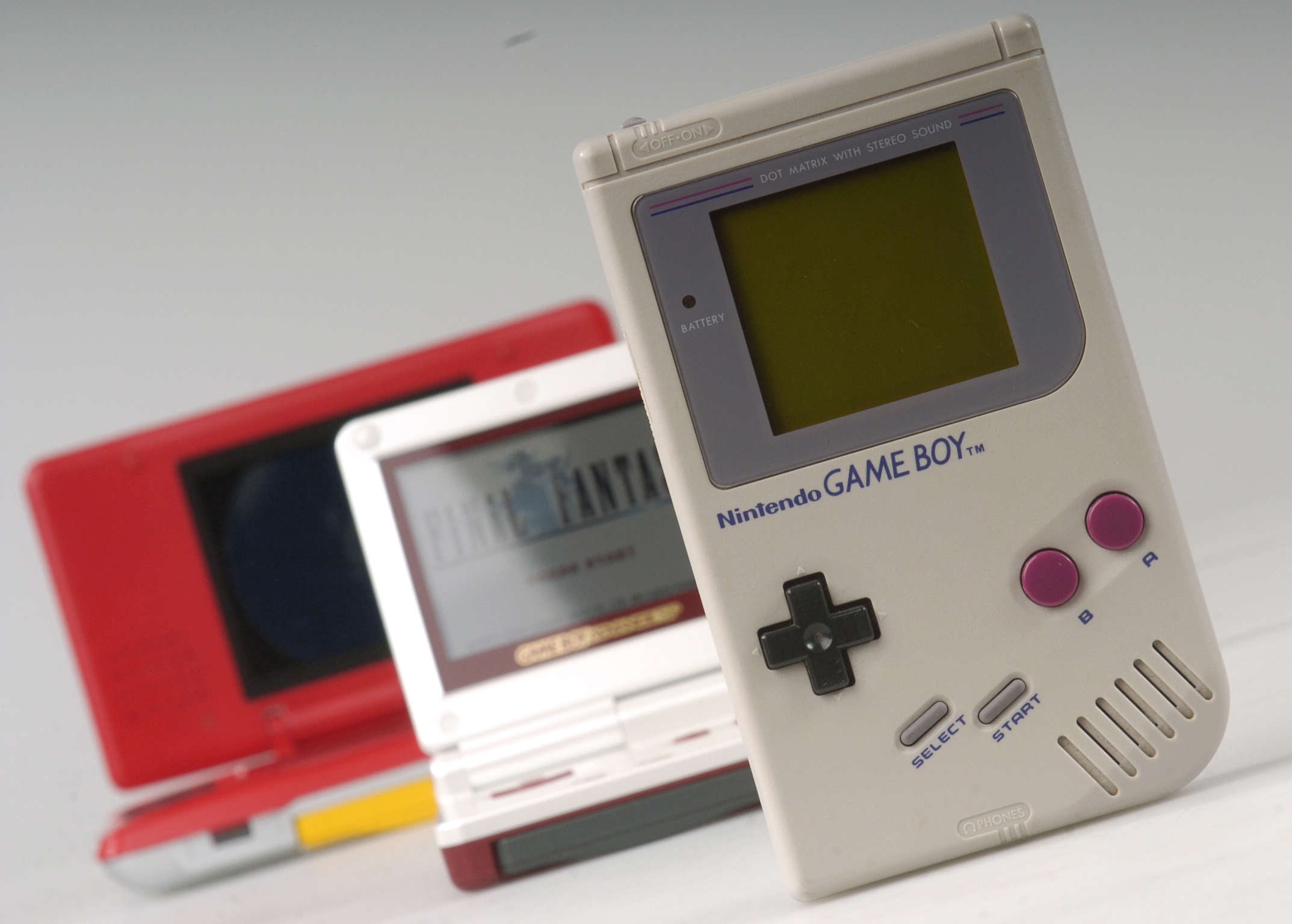Create a free profile to get unlimited access to exclusive videos, sweepstakes, and more!
Nintendo's long-forgotten, tiny prototype keyboard for the Game Boy has been unearthed

Who knew that Nintendo’s Game Boy might’ve had a shot at becoming a productivity pioneer? Nearly 30 years after being announced, promoted, and then abandoned and all but forgotten, a little-known Game Boy add-on has been rediscovered — a device that, had it ever seen production, could have put the Big N at the center of the early mobile smart device arms race.
Nintendo’s WorkBoy accessory was meant to join the ranks of other Game Boy gadgets that did see the light of day — devices like the Game Boy camera and printer, the Super Game Boy (which upsized Game Boy games for your TV screen), or the multiplayer-enabling Game Link Cable. Revealed and showcased at the same 1992 Consumer Electronics Show that also saw the announcement of the Apple Newton, the WorkBoy was a PDA-style productivity accessory complete with plug-in keyboard and 12 pre-loaded apps.
Alas, that announcement was the most noise that Nintendo ever made about the WorkBoy, which vanished into obscurity with little fanfare. But thanks to gaming historian Liam Robertson, one of the only known surviving examples of the WorkBoy has been found, fired up, and even put through its productivity paces.
Check out Robertson’s deep dive into the history and functionality of Nintendo’s never-released 8-bit wonder below:
As history proved, Game Boy fans already had plenty of trouble escaping the seductive clutches of portable games like Pokémon, Link’s Awakening, and Tetris. We can only imagine how many more AA batteries might’ve been sold in the ‘90s if Nintendo’s portable game machine had ended up pulling double duty as a pint-sized productivity powerhouse.To get his hands on the WorkBoy, Robertson did some serious sleuthing. The device was meant to be an officially-licensed accessory produced by Fabtek Inc. and designed by Source Research & Development. Robertson located and interviewed Source Research and Development founder Eddie Gill, who in turn pointed him to Fabtek founder Frank Ballouz. Ballouz allowed Robertson to experiment with his still-functioning WorkBoy, even though, as Gill noted, it’s one of only two prototypes thought to still be in existence (the other safely tucked away, he speculated, “deep in the vaults of Nintendo.”)
The WorkBoy didn’t come with any online connectivity, and no iPhone owner is ever going to mistake its minimalist screen display and full QWERTY keyboard for a modern touchscreen smart device. But with its 12 apps packing in a calendar, address and phone book, language translator, calculator, and even a database editor, Nintendo and its development partners did manage to get some impressive mileage out of the Game Boy’s tiny 2.6-inch screen.
Who knows? Maybe there’s still a market out there for a high-functioning pocket assistant that punches far above its low-tech weight. As life gets more connected and complex, and the outside world’s demands find new ways to invade our space, perhaps a throwback gadget that knows how to put things in monochrome small-screen perspective is just what the Dr. Mario ordered.


























